The Lotus Carlton has been named as the nation’s favourite performance Vauxhall ahead of the Calibra coupe in second place and the Astra VXR completing the top three.
Classic car, News, Saloon, Events, Sports Car, Quirky
Classic car, News, Saloon, Events, Sports Car, Quirky
The Lotus Carlton has been named as the nation’s favourite performance Vauxhall ahead of the Calibra coupe in second place and the Astra VXR completing the top three.
A new Sprint edition of the Lotus Elise has been unveiled, featuring styling tweaks and weight-saving techniques that see it tipping the scales at under 800kg.
Coupe, Convertible, News, Sports Car
A 'ferociously fast' Exige Sport 380 has been unveiled by Lotus - described as the most aggressive Exige yet.
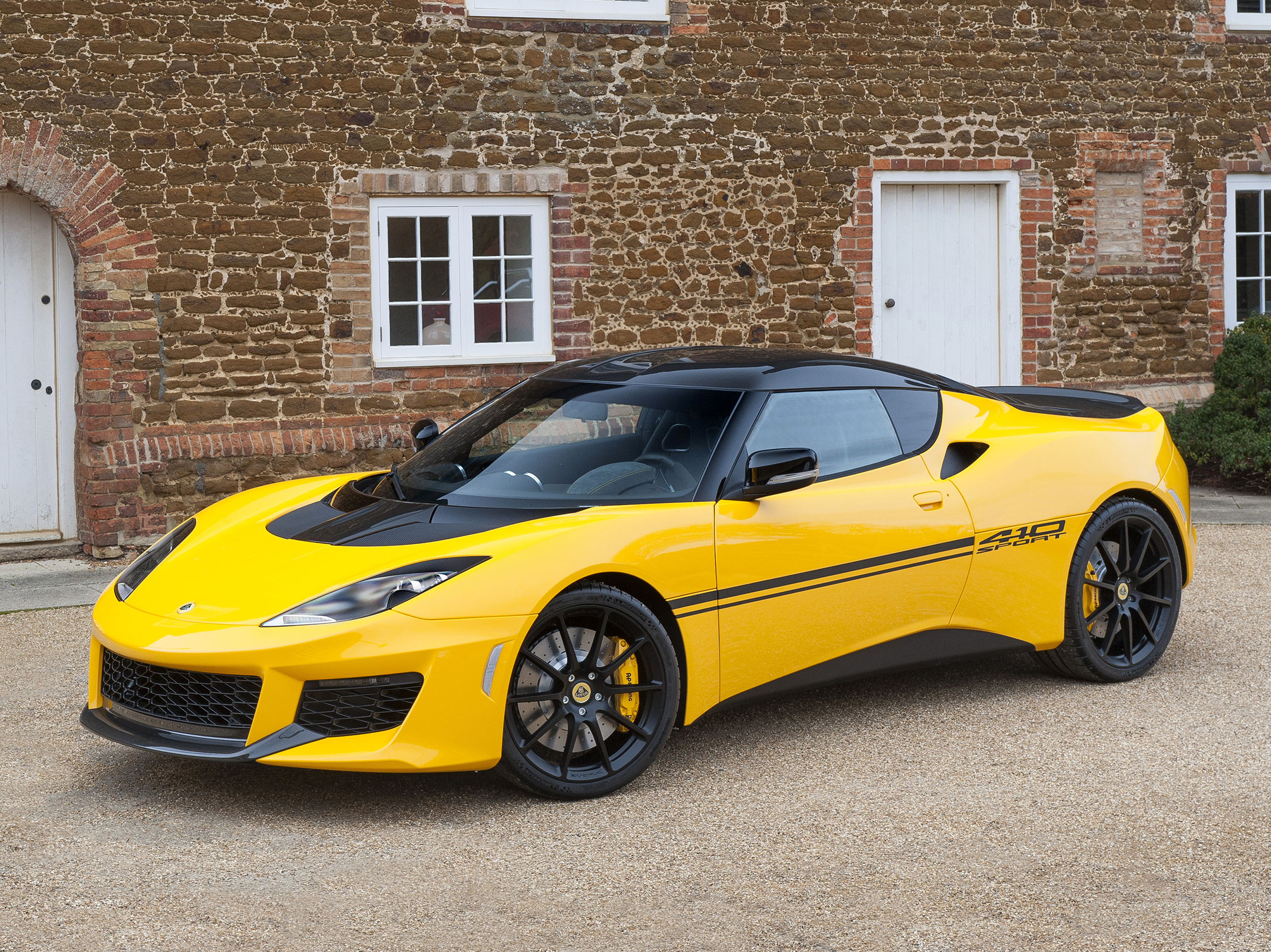
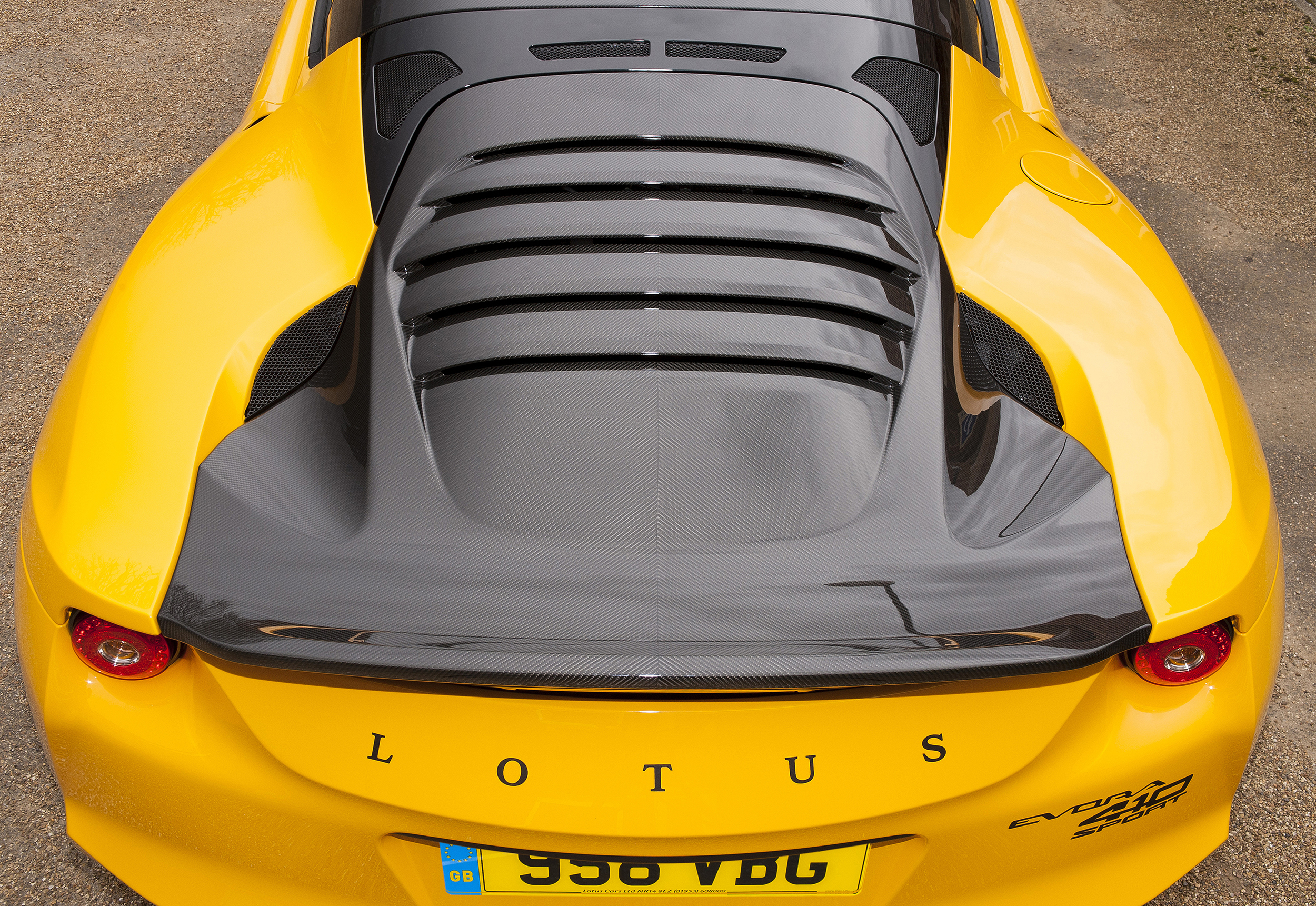

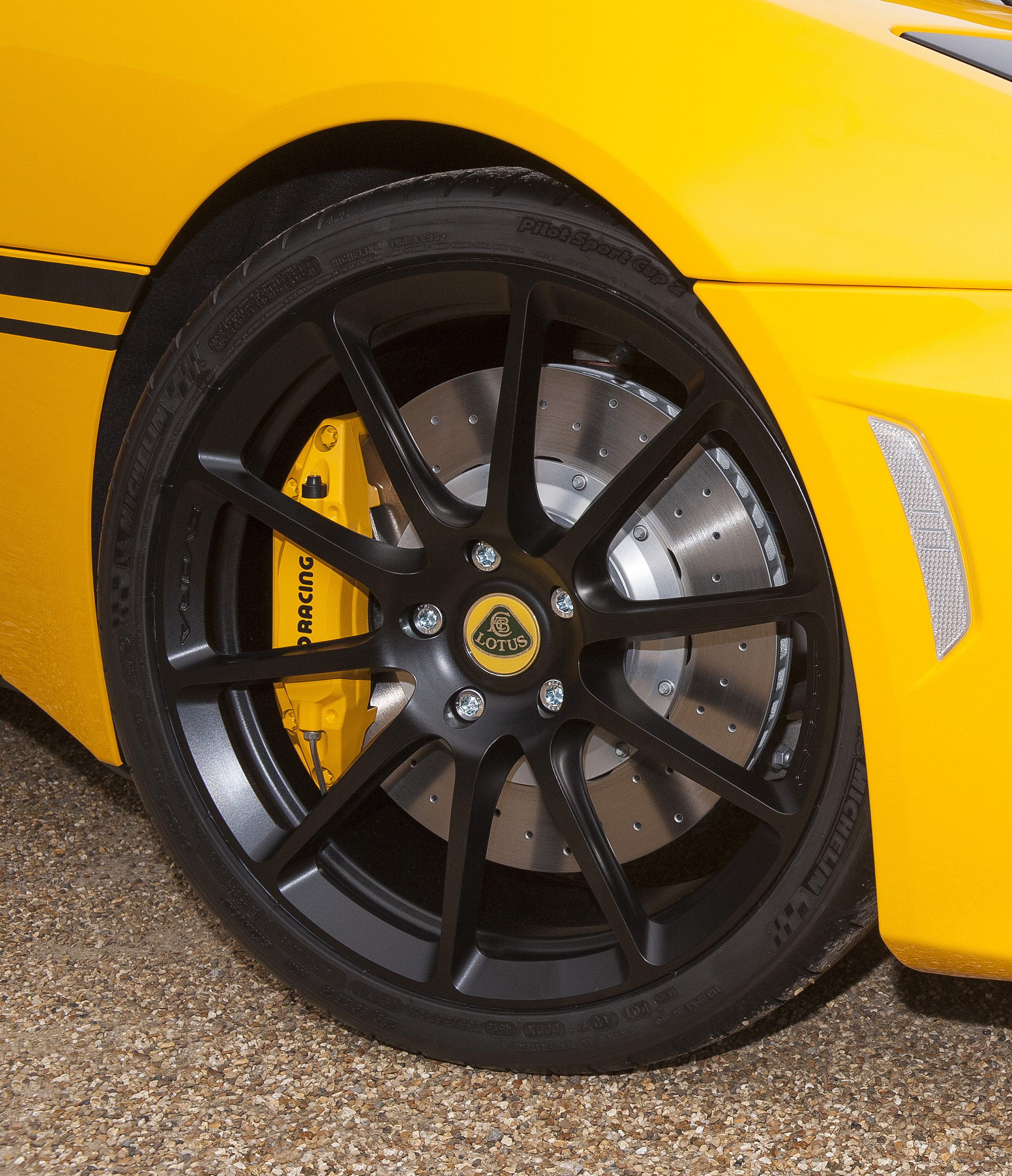
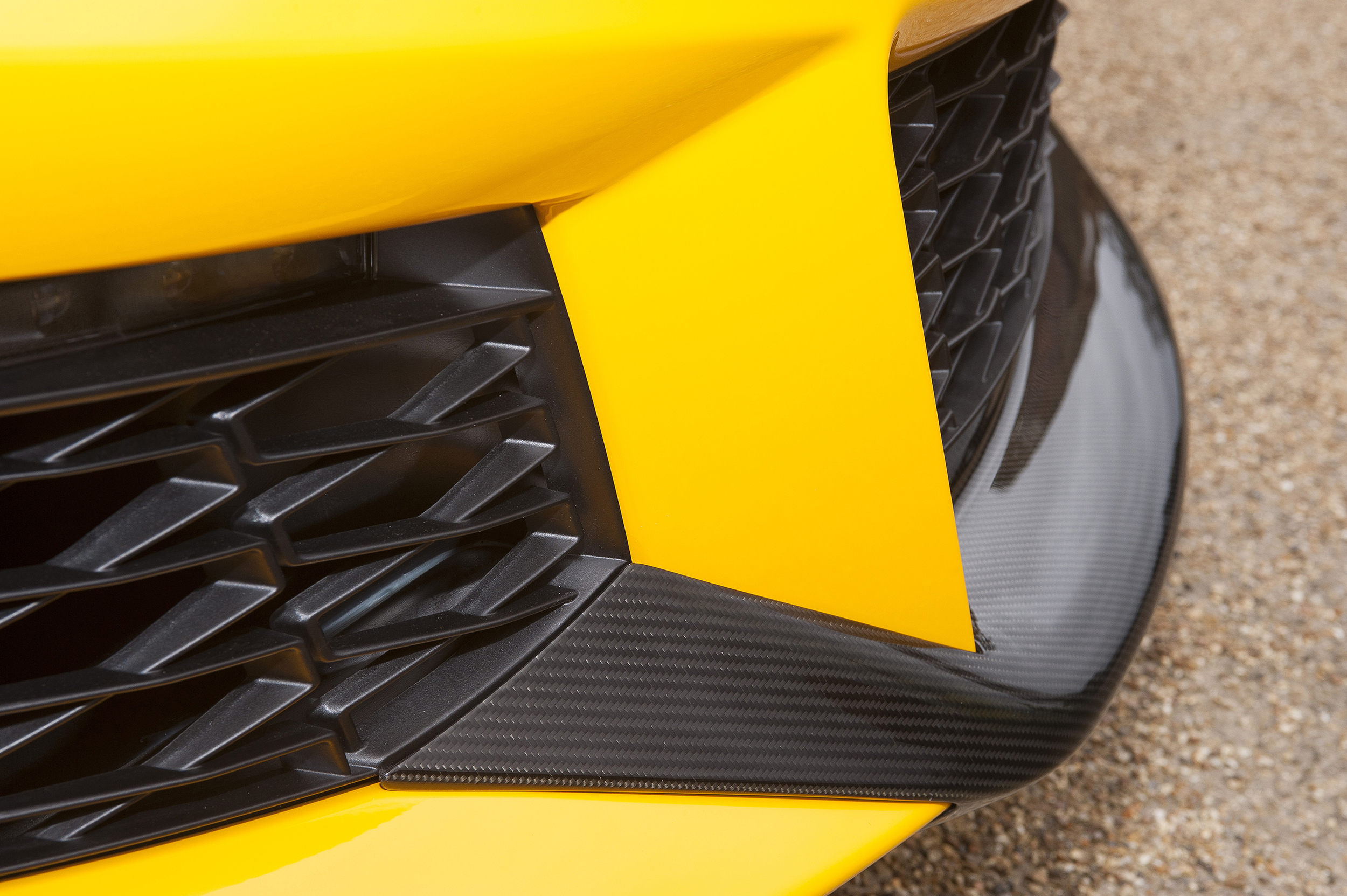
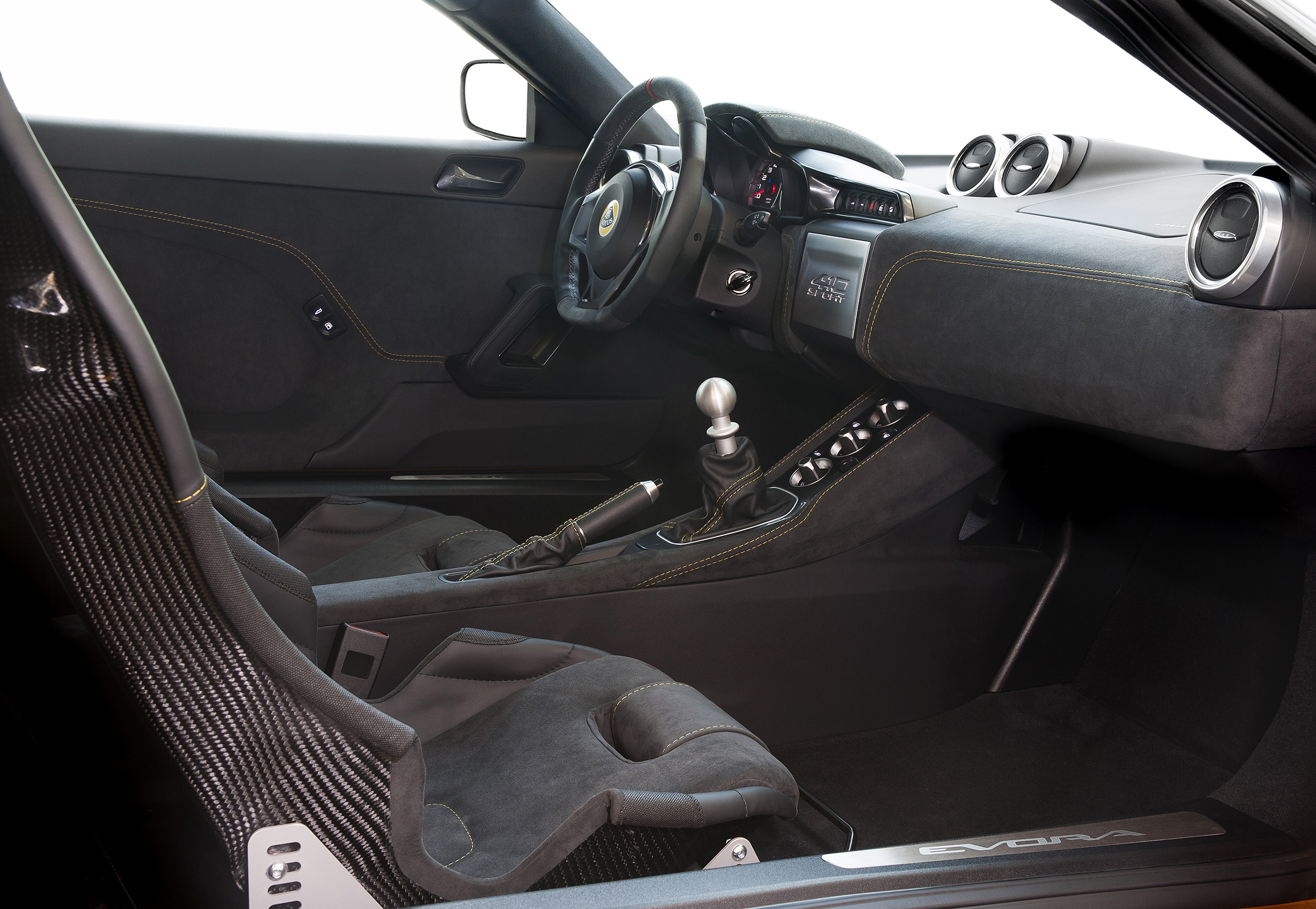
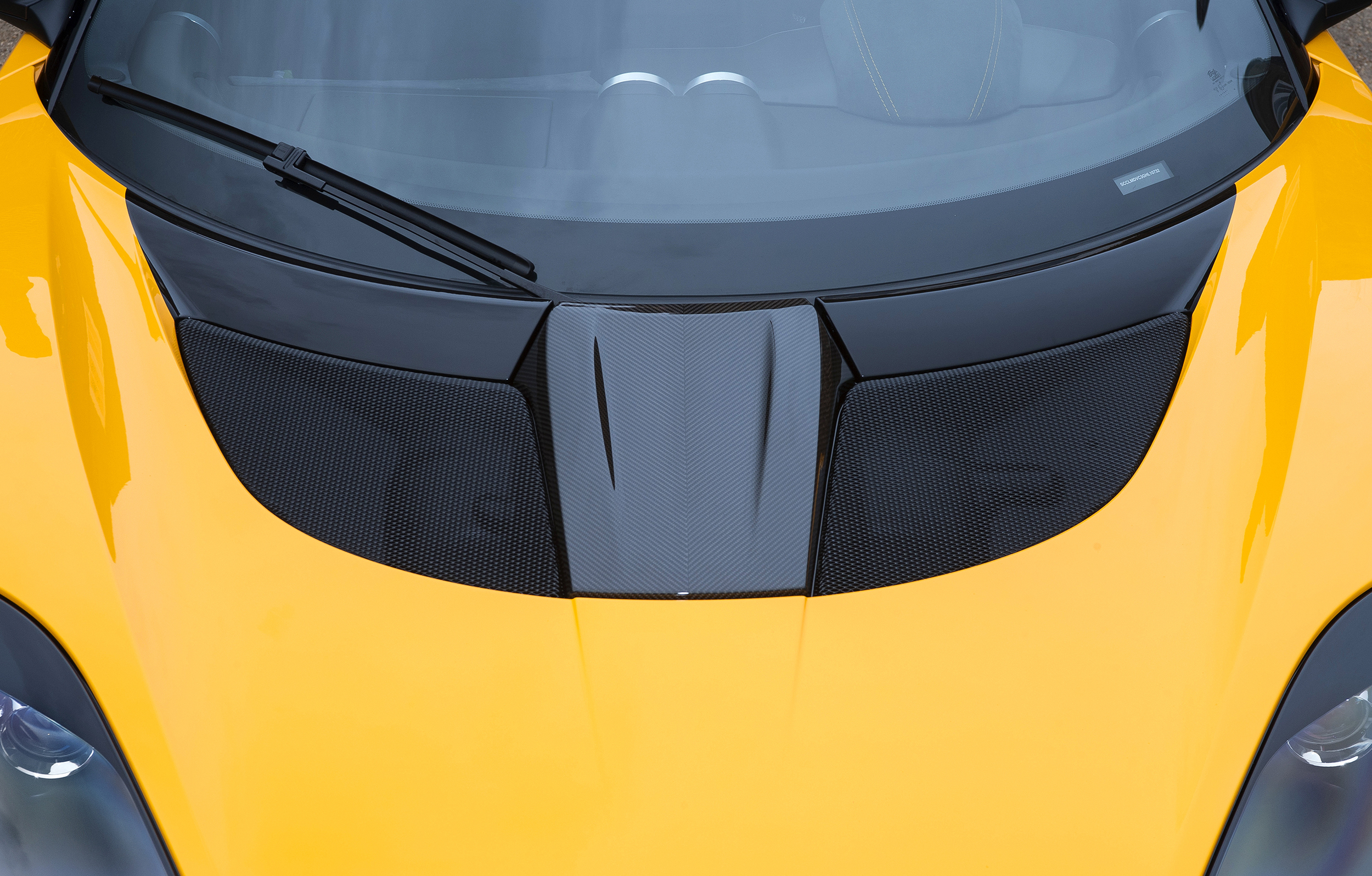
Lotus has revealed a new, lighter Evora Sport 410.
With weight of the Evora 400 cut by 70kg and featuring a host of high-performance carbon fibre components as standard, the Evora Sport 410 clocks 0-60 in 3.9 seconds on its way to a top speed of 186mph.
Powered by the same 410 hp supercharged engine as the track-bred 3-Eleven, the new, range-topping Evora has been thoroughly re-evaluated says Lotus, with every component assessed, optimised and reengineered as required. This covers every aspect of the car, including a simplified carbon fibre tailgate (combining five separate elements into one), new lighter-weight door trim panels and the ‘liberal addition’ of carbon fibre across the entire car.
The drop in mass, and a power boost, means the Evora Sport 410 is capable of lapping the company’s Hethel test track in 1 minute 28 seconds - 3 seconds faster than the Evora 400. Kerb weight now stands at 1,325 kg, the car provides a 309 hp/tonne while the reduction in mass has allowed sharper, more agile and intuitive handling - with even greater accuracy and feel, according to Lotus.
The high-performance, carbon fibre components have played the single biggest role in the Evora’s weight loss. These include front splitter, roof panel, tailgate, and rear diffuser as well as race-derived sports seats and a revised front access panel. The one-piece carbon tailgate incorporates a louvered section, inspired by some of Lotus’ most-famous heritage models, and together with carbon rear quarter-light panels help provide the car with a sleeker, fastback-style trailing roofline. These changes have also improved the car’s aerodynamic downforce by 15 per cent with no increase in drag.
As standard, the Evora Sport 410 comes with carbon fibre sports seats trimmed with Alcantara, along with the steering wheel and centre console. The cabin has received attention as part of its development with weight saving measures including a one-piece door trim panels finished in Alcantara, with contrast stitching, the deletion of door arm rests and stowage pockets, the relocation of tailgate and fuel filler release buttons and the removal of speakers - if an entertainment system is not specified.
The Lotus Evora Sport 410 will be limited to a global production run of one-hundred and fifty vehicles per year and will go on sale from June 2016.
Coupe, Convertible, News, Sports Car
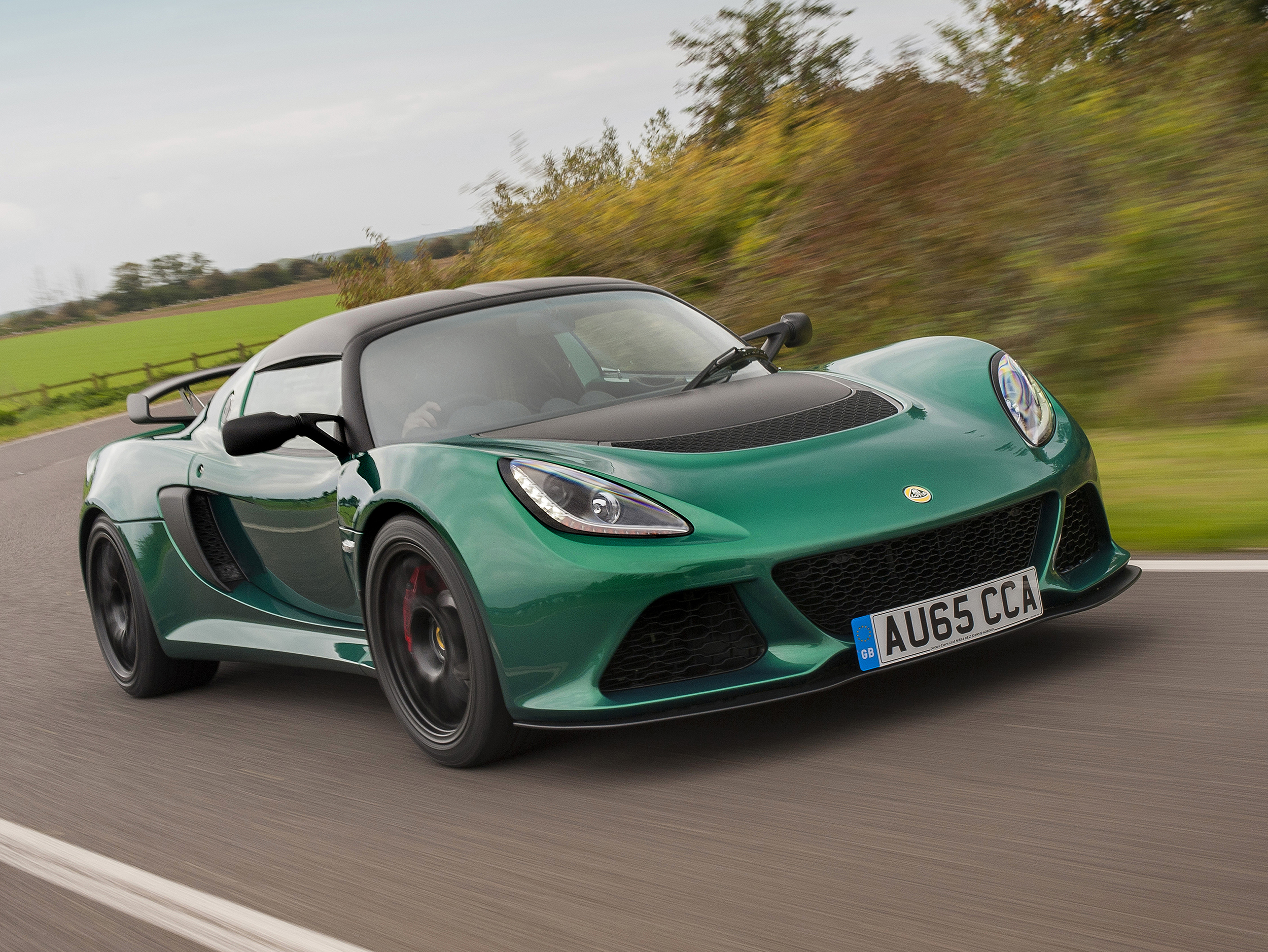
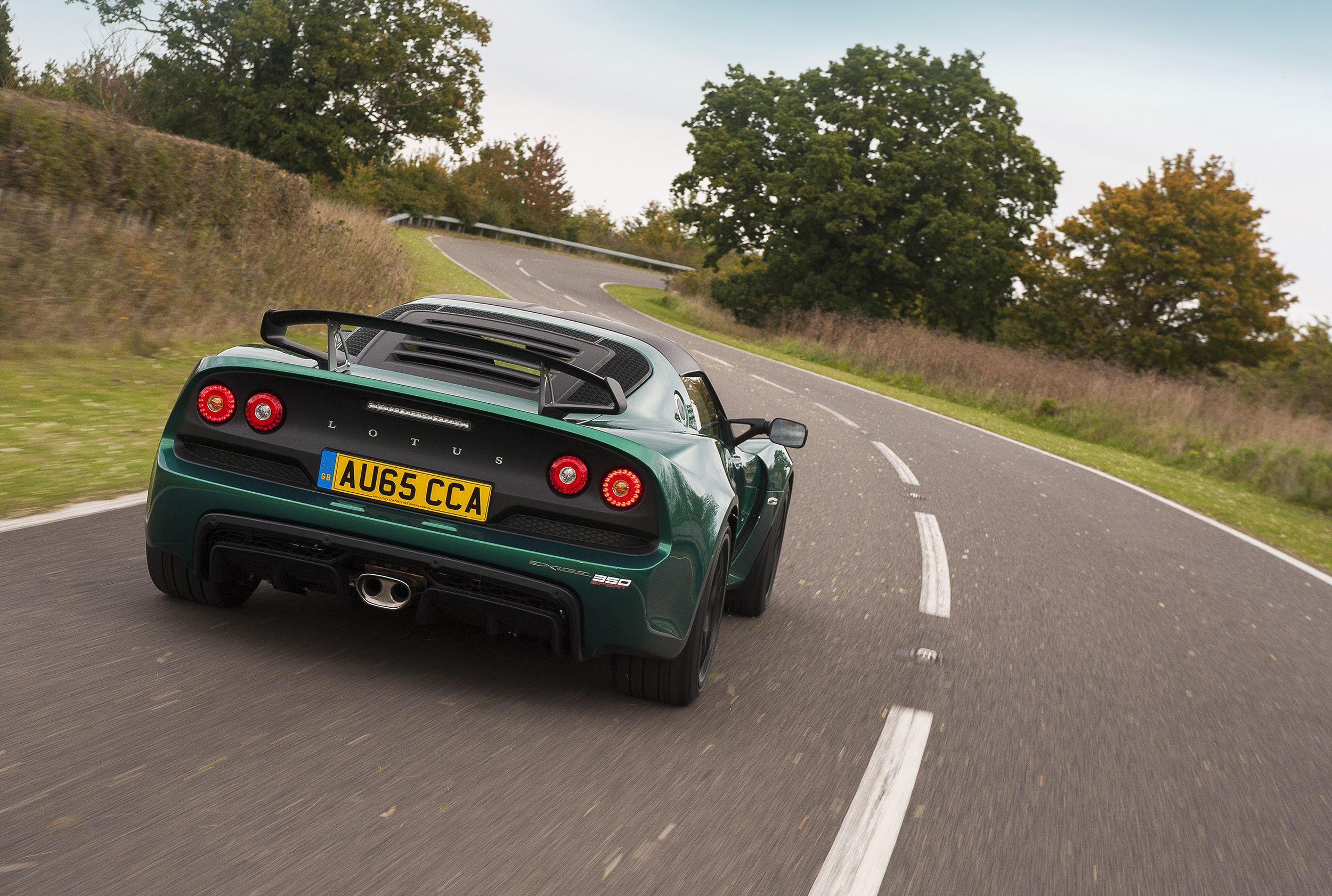
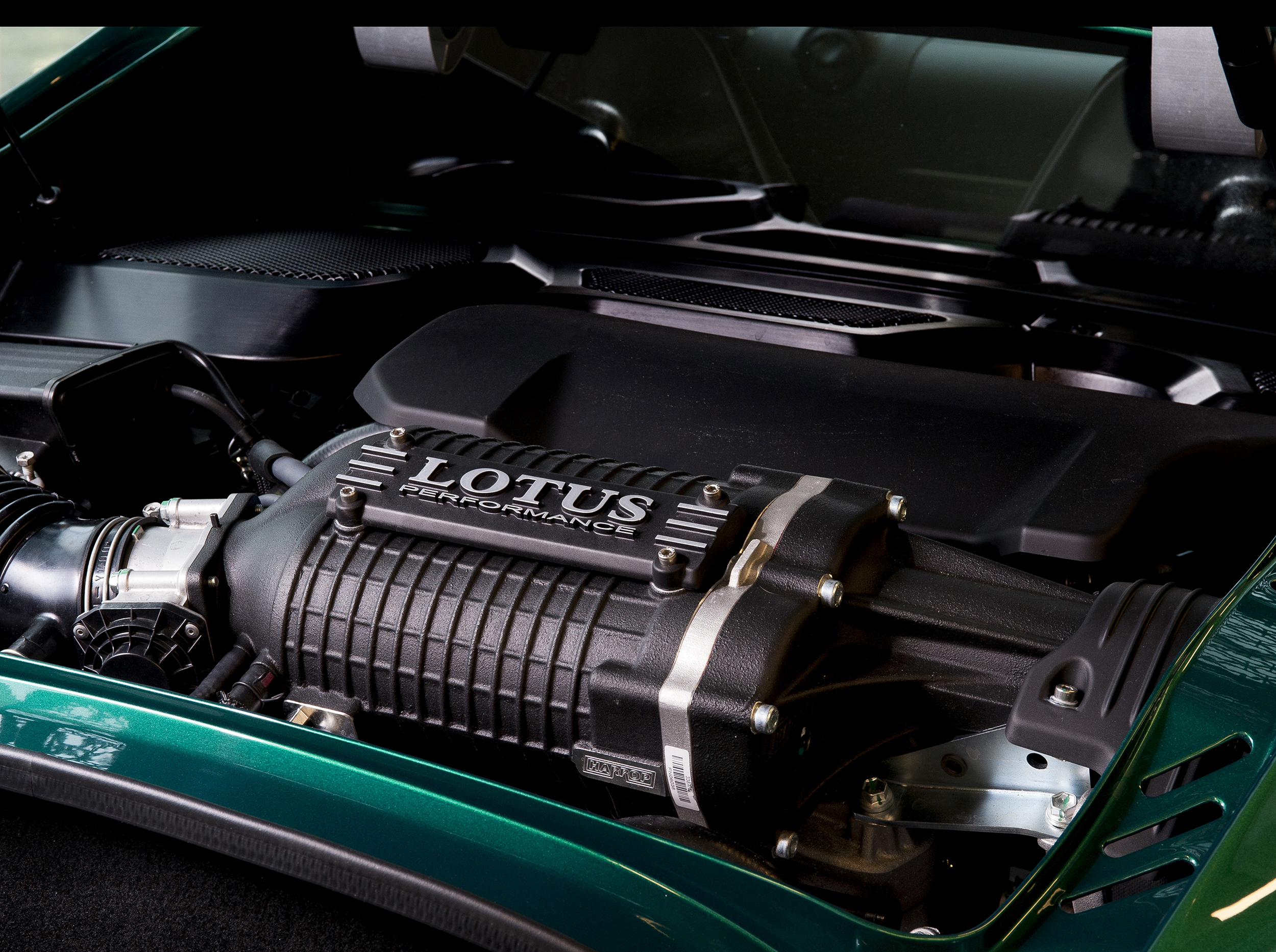

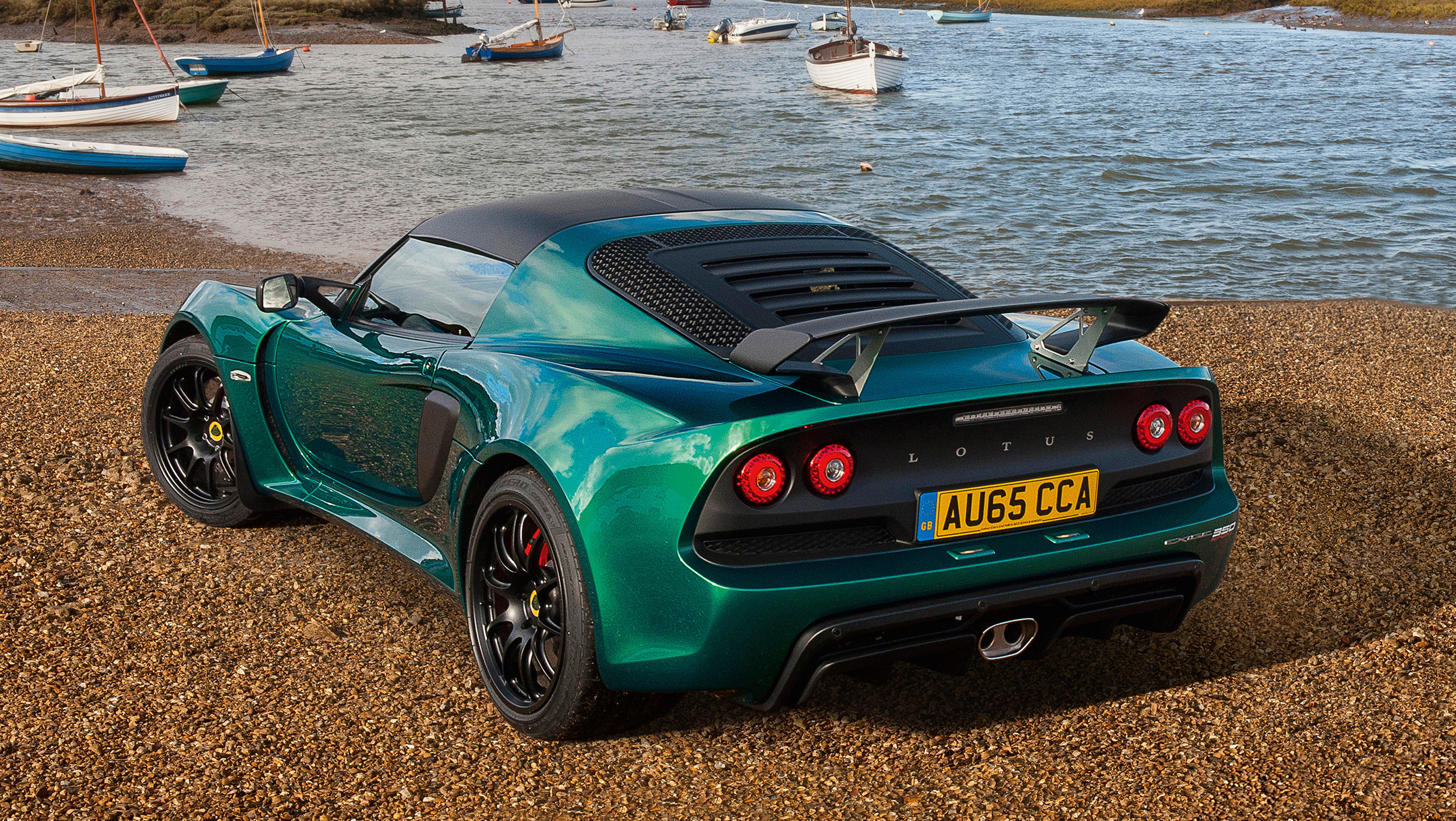
Lotus has revealed its new Exige Sport 350.
The new model is lighter and faster than ever before. With a focus on pure performance, the two-seater has been developed to deliver an ‘unrivalled experience’ for the driver, being sharper and more direct than previous models. Drawing on the Exige’s core elements, the Sport 350 combines Lotus’ lightweight extruded aluminium chassis structure with ‘muscular and aerodynamically efficient’ composite bodywork.
A product of Lotus’ ‘Lightweight Laboratory’, the Exige Sport 350 weighs just 1125 kg and has shed 51 kg compared to the previous model Exige S. Engineers weighed every component in the previous Exige S in order to save weight, the result of which includes, amongst many other changes, the introduction of a louvered tailgate panel, a lighter battery, lightweight engine mounts, a lightweight centre console featuring an exposed gearshift mechanism, lighter HVAC pipework and the optimised use of sound insulation.
Powered by a 3.5-litre supercharged V6 engine, generating 345 hp and 295lbft of torque at 4500rpm, 0-62 mph takes 3.9 seconds (3.8 seconds with the automatic, due to electronically optimised gearshifts) and on to a top speed of 170 mph. The manual gearbox has been heavily revised for more precise and quicker shifting. The new Exige Sport 350 can be specified with a 6-speed automatic gearbox where drivers can also change gears manually via forged aluminium paddles located behind the steering wheel. The automatic gearbox control panel is integrated into the centre console of the cockpit, with buttons for Park, Reverse, Neutral and Drive. Up-shifts take 240 milliseconds, with rapid downshifts accompanied by automatic throttle-blip (when in Sport mode).
Replacing the previous model’s glass tailgate, the newly designed lightweight, strong and stiff, rear louvered tailgate not only helps lower the centre of gravity, but also aids engine bay cooling. The car’s aerodynamic styling produces 42 kg of down force at 100 mph with the rear wing and flat underside both contributing to its aerodynamic performance and ‘finely balanced handling’. As standard, the front splitter, rear wing, front access panel, roof panel, wing mirrors and rear transom are finished in matt black to complement the car’s ‘aggressive stance’.
There are three driving modes - ‘Drive’, ‘Sport’ and ‘Race’ – with the latter offering increased levels of traction slip threshold, allowing wider drift angles before intervening. The system also opens the engine exhaust bypass valve at mid-to-high engine speeds. Both ‘Sport’ and ‘Race’ settings increase throttle responsiveness.
New trim packs introduce a heritage theme to the cabin with lightweight sports seats and door panels clad in red or yellow Tartan. The Tartan theme was first introduced in 1976 in the Lotus Esprit S1 and was a bold statement originally in keeping with the fashion of the time and now fitting for the new Exige Sport 350.
The Lotus Exige Sport 350 goes on sale in Europe in February 2016 and will be priced at £55,900 OTR.
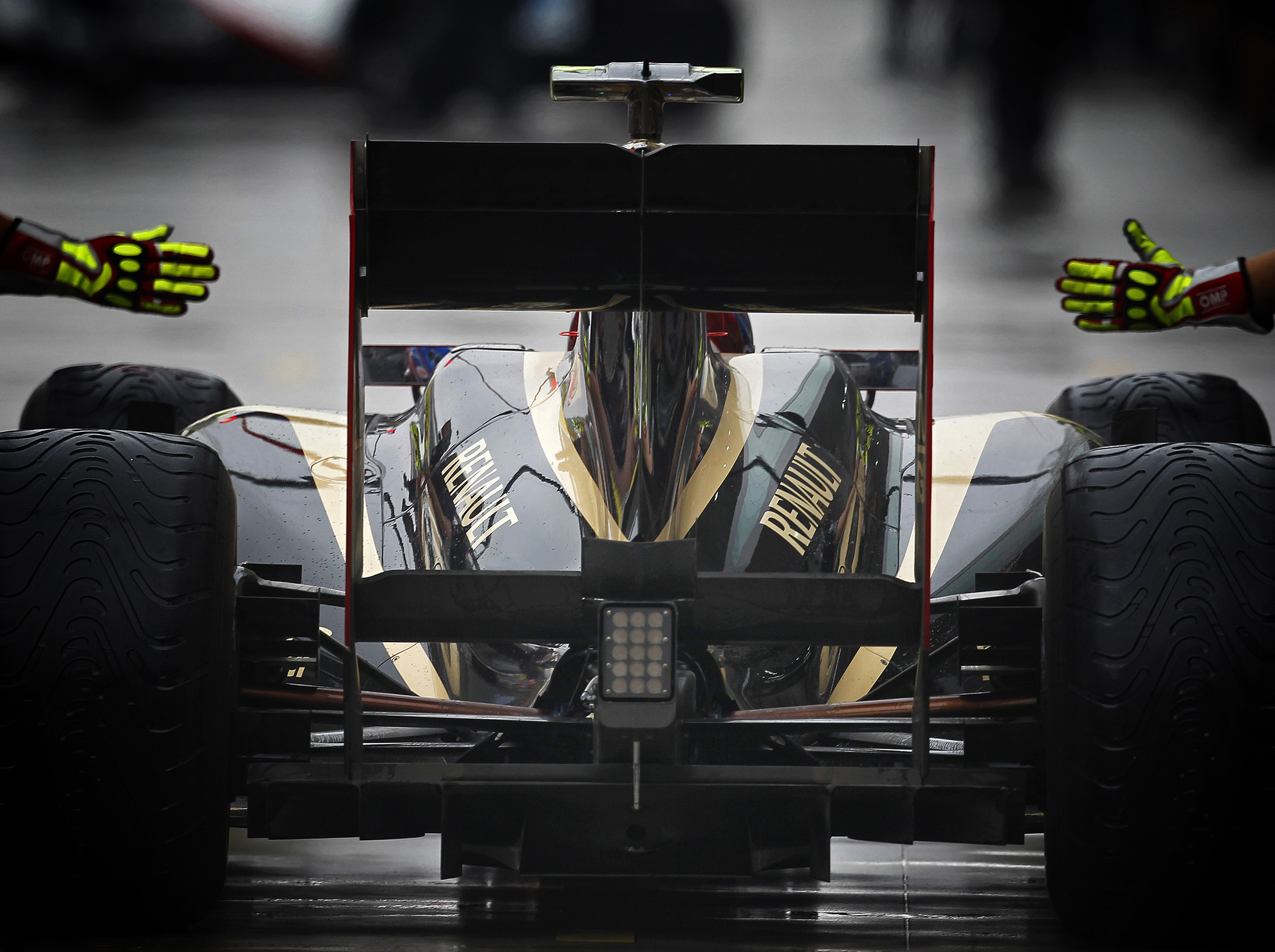
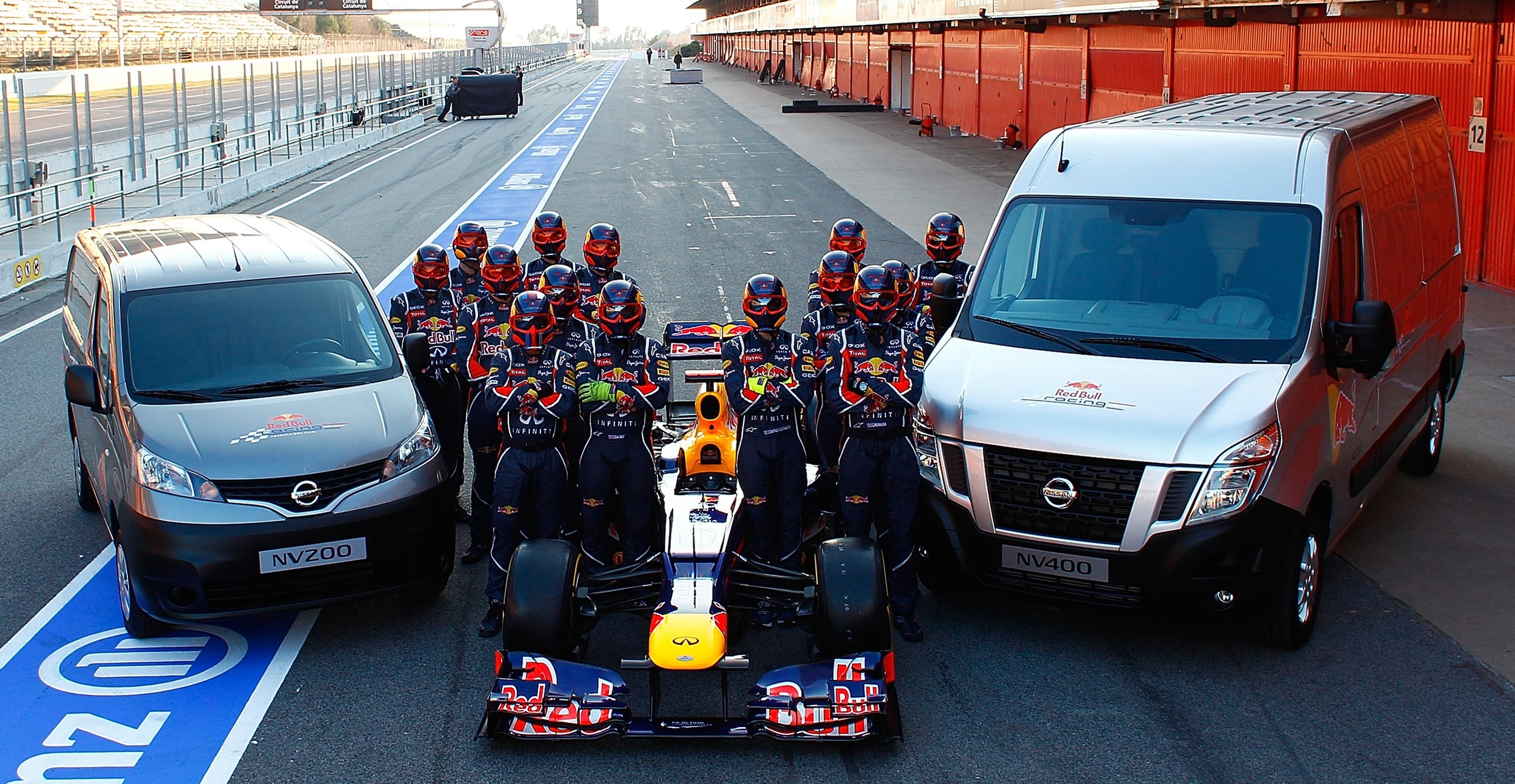
12-time Constructor's Champion Renault, with nearly 40 years in the sport, is an iconic brand in Formula 1. Work continues on finalising the terms to the acquisition of the Lotus F1 team in the 'shortest timeframe possible'. The Lotus F1 Team stood out as the ideal option for Renault having worked together for 15 years. As a full team, Renault will says it will take maximum benefit from its victories, adding 'the payback as an engine supplier proved to be limited'.
Renault has had uninterrupted involvement in Formula 1 for almost 40 years and has taken part in more than 600 grand prix, claiming 168 race wins, 12 Constructors' titles and 11 Drivers' crowns.
"Renault had two options: to come back at 100 percent or leave. After a detailed study, I have decided that Renault will be in Formula 1, starting 2016. The final details supplied by F1's main stakeholders gave us the confidence to accept this new challenge. Our ambition is to win, even if it will take some time," said Carlos Ghosn, Chairman and CEO, Renault.
Meanwhile, Nissan, Infiniti and the Red Bull Racing Formula One team have reached mutual agreements to discontinue the partnership between the two automotive brands and the F1 team at the end of December this year, one year earlier than originally stipulated.
Infiniti and Red Bull Racing started their commercial partnership in 2011 before Infiniti became the title sponsor of the team in 2013.
Lotus displayed its new Evora 400 in London's Trafalgar Square at an event celebrating Malaysian culture in the UK.
Finished in a metallic black, the first Lotus Evora 400 is destined to be a promotion car. The new Evora 400 laps the Lotus test track at Hethel six seconds faster than the previous Evora S in a time of 1 minute 32 seconds. Combining high performance with Lotus handling, it's faster and dynamically more capable than the previous Lotus Evora leading to greater agility and a more involving drive.
Maximum speed is 186 mph with acceleration from 0-62 mph taking just 4.2 seconds. Over two thirds of the Evora 400 is new, including its supercharged and charge-cooled mid-mounted 3.5-litre V6 engine producing 400 horsepower and 410 Nm of torque. A new aluminium chassis incorporates a new interior and the lightweight composite body has changed significantly both front and rear.
In a small celebration with a selection of senior management, manufacturing and engineering staff, Jean-Marc Gales, Chief Executive Officer of Group Lotus plc, said: "Today is a very significant stage in our long term plan, which we set-out more than a year ago. With the first Evora 400 coming off the line, we have achieved a key milestone for Lotus. None of this would be possible, of course, without the confidence and commitment of our workforce who, with great skill and talent, hand build every Lotus car at Hethel."
The new Lotus, which was revealed at the Geneva Motor Show in March, will enter production for European markets in the summer and deliveries will commence in August this year.
Pricing for the Lotus Evora 400 starts at £72,000 OTR.